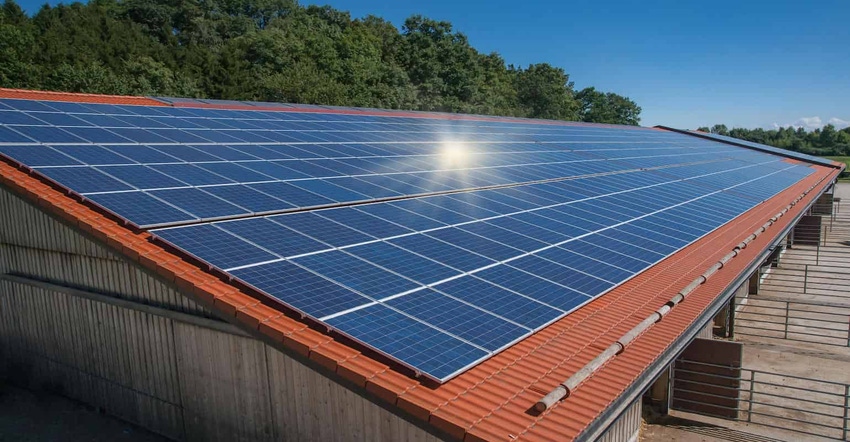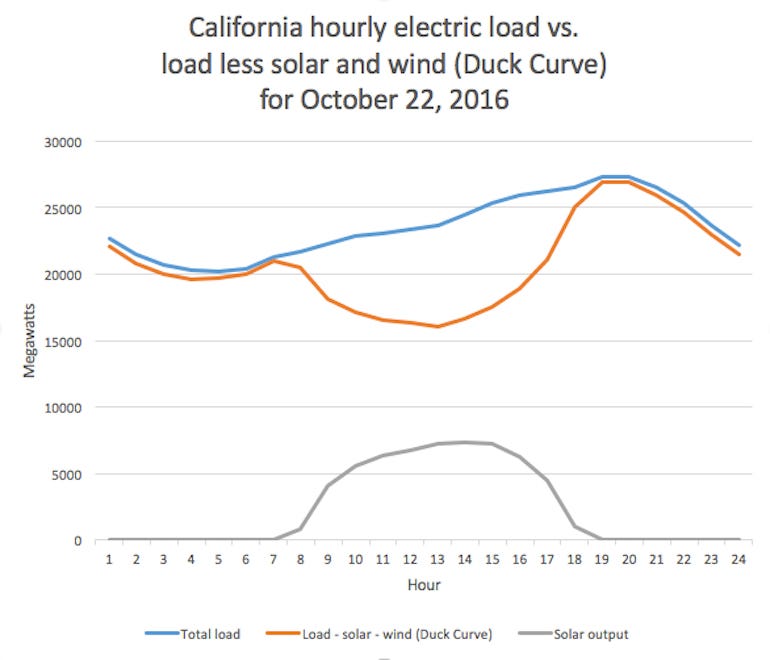The Difference Between Solar Roofing Panels and Ducks
When you install solar panels on a roof, you can feel better about shrinking a building’s carbon footprint. But as solar power popularity grows, scientists have discovered a glitch—the duck curve. Trent Cotney explains how knowing this graph helps roofing pros understand the drawbacks of this eco-friendly tech.

Around the nation and the world, incidences of extreme weather are increasing. Higher temperatures and stronger storms are leading to more serious concerns about the future of the earth's climate. One key strategy in combatting these negative environmental challenges is the use of solar power.
When you have the opportunity to install solar panels on a customer's roof, you can feel better knowing they're helping you achieve sustainability in your business practices.
What's not to love? Well, as more people embrace solar power, scientists have uncovered a glitch known as the duck curve.
How the duck curve helps us understand energy supply and demand as it relates to solar roofing panels
Imagine looking at the profile of a duck swimming on a pond. You can see its tail midway up on one side, then a deep curve for its back, and an upward silhouette of its head and beak. If you were to plot that duck’s outline on a graph, it would represent what energy demand looks like on a given day.
The duck’s tail represents the slight uptick in energy demand as people get up and start their day. Then there is a drop-off—shown by the curve of the duck’s back—when most people leave their homes. Next, there is a spike in the evenings—represented by the curve of the head—as people return home again, with another drop-off at the beak at the end of the evening.

The limitations of solar roofing and why the duck curve matters
The problem, however, is that solar energy generation does not match that demand. It peaks in the middle of the day when the sun is at its strongest.
We've learned that peak solar energy generation runs counter to the peak demand times. Does it matter? Yes, because the energy grid requires that supply and demand sync up to operate effectively.
Overall, solar panels generate the most energy when energy is not required, and their energy generation decreases when it is needed most. This means that utility companies must increase output at power plants to meet the demand for energy in the evening.
More and more people are choosing to install solar panels on their roofs. They are relatively affordable and help residents lower their electric bills. However, the duck curve gets deeper as the number of panels increases. The panels generate more energy than necessary in the off hours but cannot produce enough during peak consumption hours. To accommodate this problem, the energy grid must cut back on solar energy generation during those off-peak times—meaning the benefits of solar are also reduced.
Potential solutions and takeaways for roofing contractors
One way to combat this issue is by finding ways to store solar energy so the excess can be utilized during peak hours. Based on current trends, solar storage is expected to grow substantially by 2050. Improving storage methods and capacity will go a long way in helping utility companies balance energy supply and demand.
As the cost of solar roofing panel technology decreases, interest in adopting it to combat the changing climate grows. While challenges do exist in bringing about full acceptance of solar power, progress in recent years has been encouraging. If the storage issues can be addressed, we can anticipate the duck curve will grow less pronounced, helping to ensure reliable and clean energy for everyone.
About the Author(s)
You May Also Like




